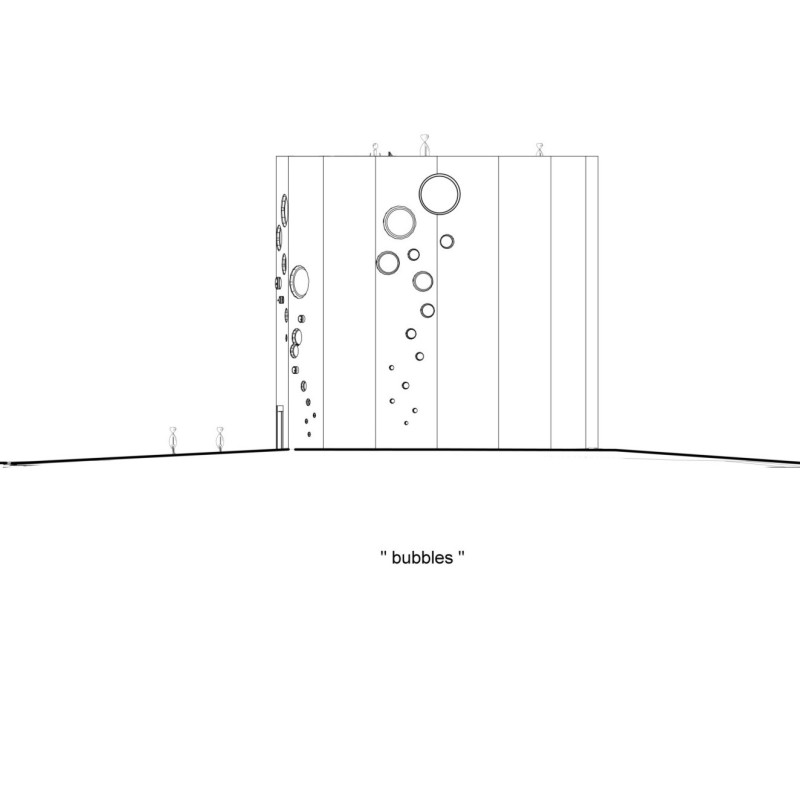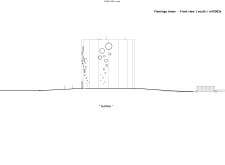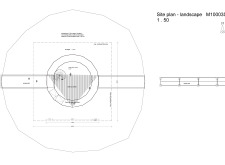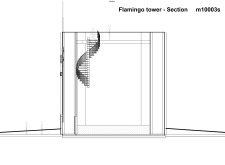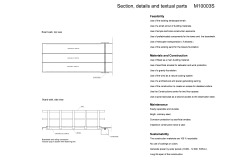5 key facts about this project
Functionally, the tower serves multiple roles. Primarily envisioned as an observation point, it offers panoramic views of the surrounding landscape, making it an attractive destination for visitors. The design includes an observation deck at an accessible height, ensuring that a broad range of users can experience the views. Strategically placed spiral staircases facilitate movement between levels, encouraging exploration and enhancing the journey through the building. The surrounding boardwalk provides additional space for visitors, promoting a seamless transition between the indoor and outdoor environments.
Materiality plays a pivotal role in the Flamingo Tower's design. Steel and concrete form the primary structural components, providing durability and strength. Steel's inherent recyclability aligns with sustainable design principles, while concrete is utilized for the boardwalk, emphasizing its suitability for exterior applications where robustness is required. Glass is thoughtfully incorporated into the design, particularly in the circular openings and observation deck, allowing natural light to filter into the interior, which enhances the overall sensory experience. The use of wood in various elements of the project adds warmth and texture, creating a contrast to the more industrial materials.
One of the unique aspects of the Flamingo Tower is its commitment to sustainability. The integration of solar panels into the architectural design not only supports the building's energy needs but also underscores a commitment to renewable resources. This aspect of the project aligns with growing trends in architecture, where the emphasis is placed on creating structures that minimize their environmental footprint.
The design of the Flamingo Tower also reflects innovative practices in architectural design. The interplay between form and function is evident in how the visual narrative of the building invites ongoing exploration and interaction. The circular motifs and dynamic facade serve not only to create visual interest but also to promote environmental engagement. The design encourages users to appreciate their surroundings, making the project a focal point for community interaction.
Overall, the Flamingo Tower exemplifies a successful convergence of architectural design and environmental consciousness. Its unique approach to form, function, and materiality not only highlights contemporary design trends but also fosters a deeper connection between architecture and the environment. To gain deeper insights into this project, including its architectural plans, sections, and overall design ideas, consider exploring the full presentation. This exploration will reveal the nuanced details that elevate the Flamingo Tower as a noteworthy architectural endeavor.


